9 Basic Cutting Vegetables Techniques every cook should know
Aspiring chefs and home cooks alike can attest to the transformative power of vegetables in a dish. From adding vibrant colors to providing essential nutrients, vegetables are a cornerstone of many culinary creations. However, before these vegetables can grace your plate, mastering basic cutting techniques is essential. In this blog, we'll explore the benefits of learning these techniques and answer some frequently asked questions to help you become a vegetable-cutting virtuoso in your own kitchen.

Benefits of Mastering Basic Vegetable Cutting Techniques

Efficiency in Prep Time
Efficiency in the kitchen starts with preparation. Knowing how to cut vegetables properly saves time and frustration. With the right techniques, you can swiftly tackle a pile of veggies, turning them into perfectly sized pieces for your recipes.
Uniform Cooking
Uniformly cut vegetables ensure even cooking. This is crucial for dishes like stir-fries, salads, and roasts. When each piece is of consistent size, you won't end up with overcooked and undercooked portions in the same dish.
Enhanced Presentation
They say we eat with our eyes first, and this rings true for vegetables as well. Mastering cutting techniques allows you to create visually appealing dishes with various shapes and sizes, elevating the overall presentation of your meals.
Optimal Texture and Flavor
Different cutting techniques result in varying textures. For instance, julienning carrots for a slaw offers a crisp bite, while dicing them for a stew provides a softer texture. Matching the technique to the recipe enhances the overall flavor and mouthfeel of your dishes.
FAQs about Basic Vegetable Cutting Techniques
What are the essential cutting techniques for vegetables?
The nine fundamental techniques include:
-
Chopping: Cutting vegetables into irregular, bite-sized pieces.
-
Dicing: Creating uniform cubes of varying sizes.
-
Julienning: Cutting vegetables into thin matchstick-like pieces.
-
Slicing: Cutting vegetables into flat, even pieces.
-
Mincing: Finely chopping vegetables to create tiny pieces.
-
Brunoise: A small dice that's even smaller than regular dice.
-
Chiffonade: Cutting leafy greens into thin strips.
-
Mirepoix: Dicing onions, celery, and carrots to form a flavor base.
-
Bias Cutting: Cutting vegetables at an angle for elongated pieces.
Which technique is best for stir-fries?
Slicing or julienning is ideal for stir-fries. These techniques allow for quick cooking and even distribution of flavors.
What's the easiest way to dice an onion without crying?
Chill the onion in the fridge before cutting, and make sure your knife is sharp to minimize cell damage that releases tear-inducing compounds.
What's the key to maintaining safety while cutting vegetables?
Use a sharp knife to reduce the chance of slips. Always curl your fingers under your hand while holding the vegetable and keep your fingers away from the blade.
How can I prevent my herbs from getting bruised while cutting?
Use a sharp knife and employ a gentle rocking motion while cutting herbs. This minimizes damage and helps maintain their vibrant color and flavor.
Can I use the same cutting board for all vegetables?
It's best to have separate cutting boards for different types of ingredients, especially to avoid cross-contamination between raw meats and vegetables.
Where to Find Great Quality Knives

If you're on the hunt for superior-grade knives that prioritize kitchen safety, look no further than Moelle Collection Knives. Our store boasts an extensive assortment of knives, encompassing chef's knives, paring knives, and slicing knives, all meticulously crafted from premium materials.
Furthermore, we present a diverse range of knife sharpening blocks, ensuring your knives remain in impeccable shape consistently.
Explore our website today to peruse our array of knives and comprehensive sharpening solutions.
We extend our gratitude for delving into our kitchen knife safety guide. By adhering to the straightforward directives we've delineated, you contribute to averting mishaps and injuries within the kitchen domain. Wishing you delightful culinary experiences ahead!
Conclusion
Mastering basic vegetable cutting techniques is a fundamental skill for any home cook. These techniques not only streamline your cooking process but also contribute to the aesthetic appeal and taste of your dishes. With practice, you'll become more confident and efficient, allowing you to experiment with various cuts to create culinary delights that please both the palate and the eye. Happy chopping!

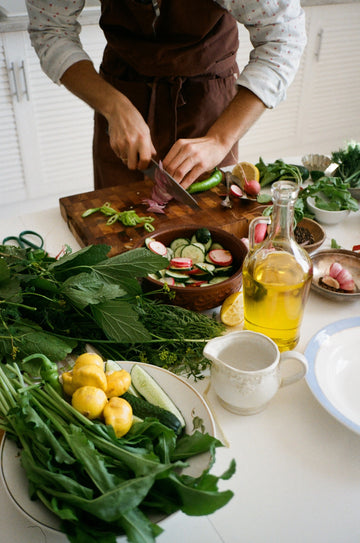


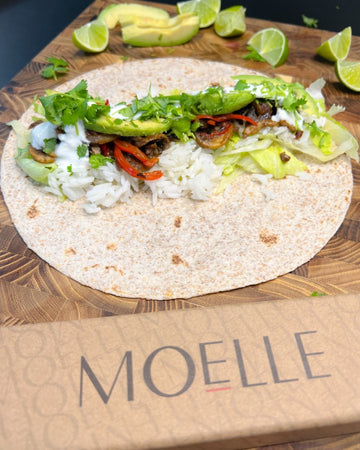

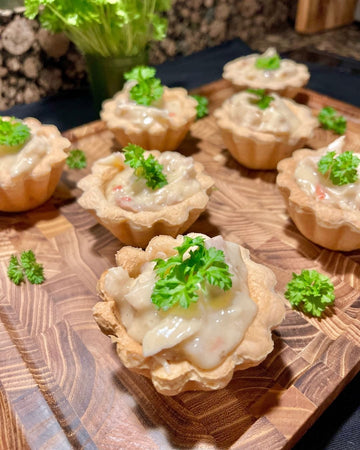
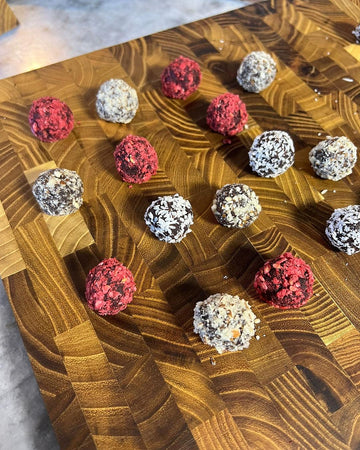

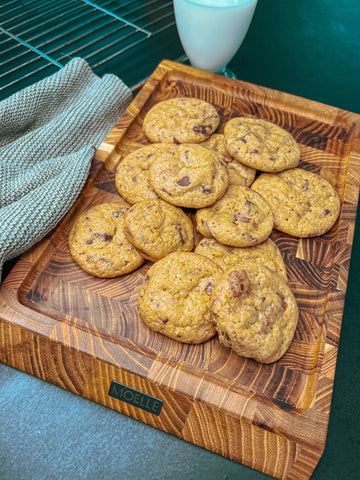

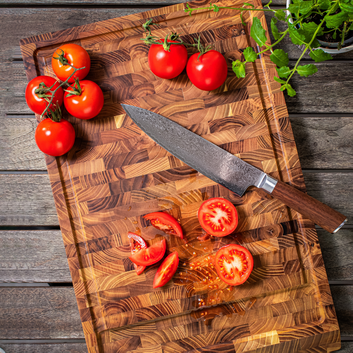

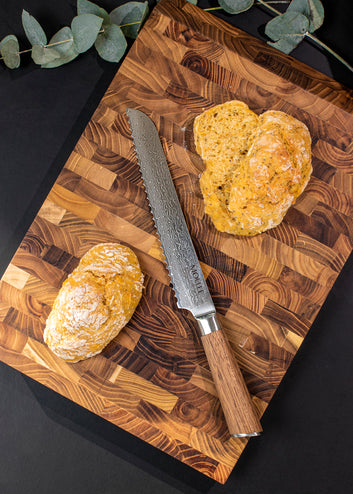

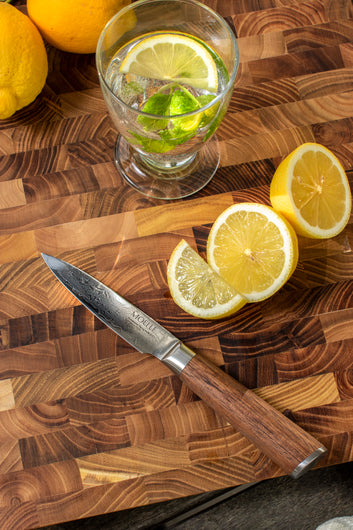
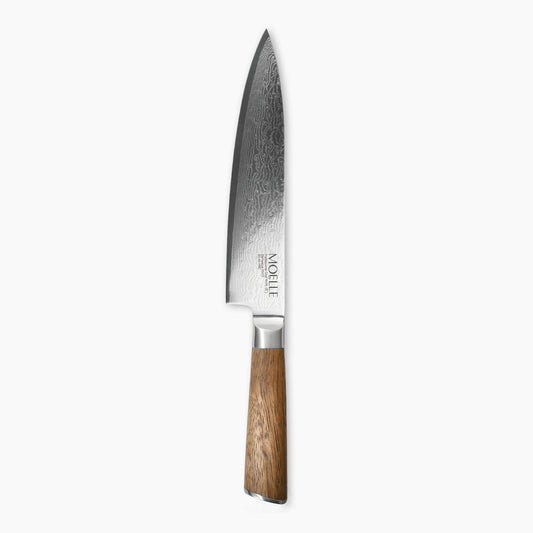
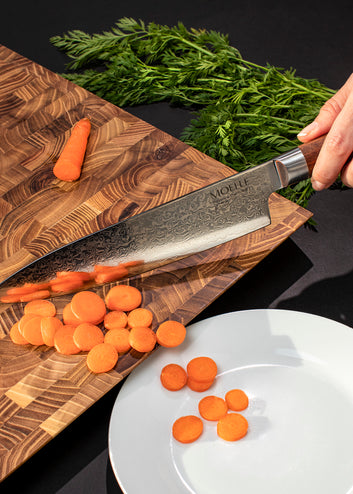
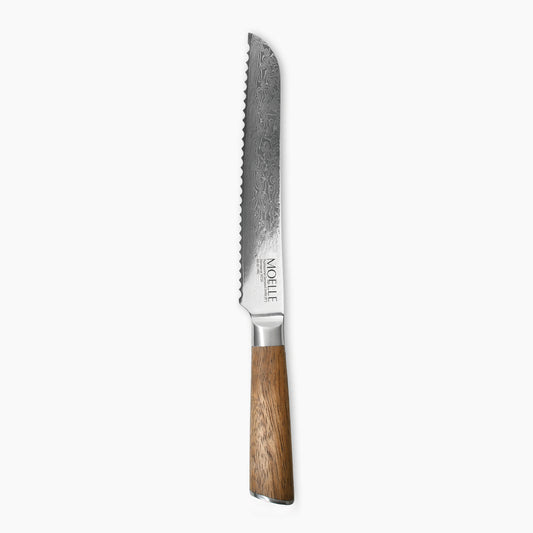
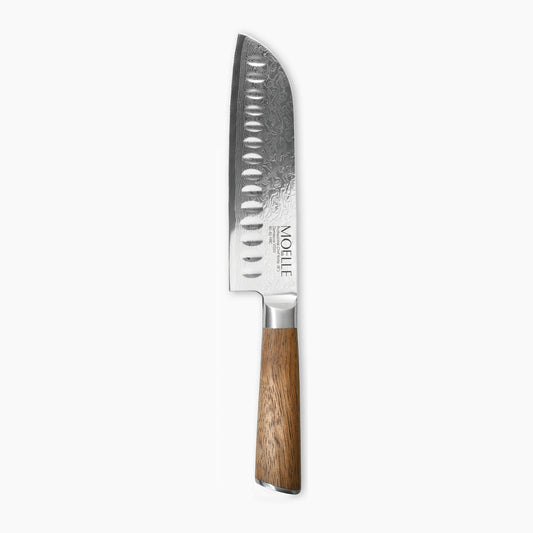
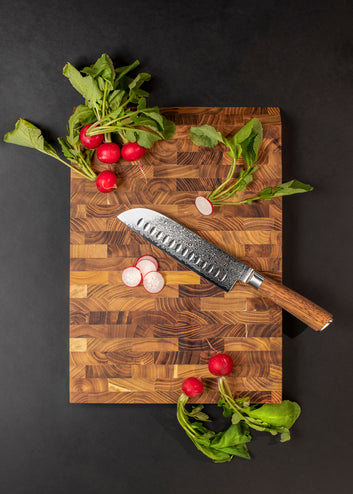
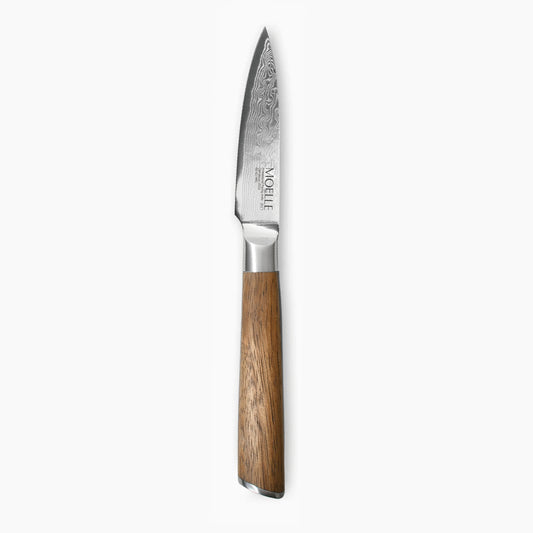
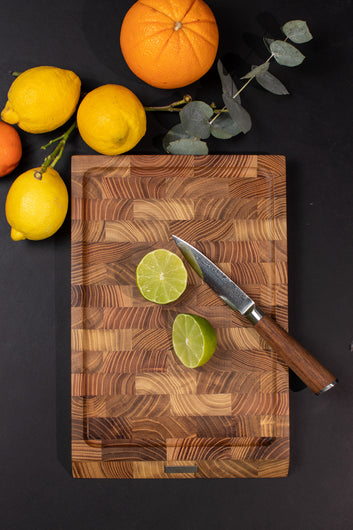
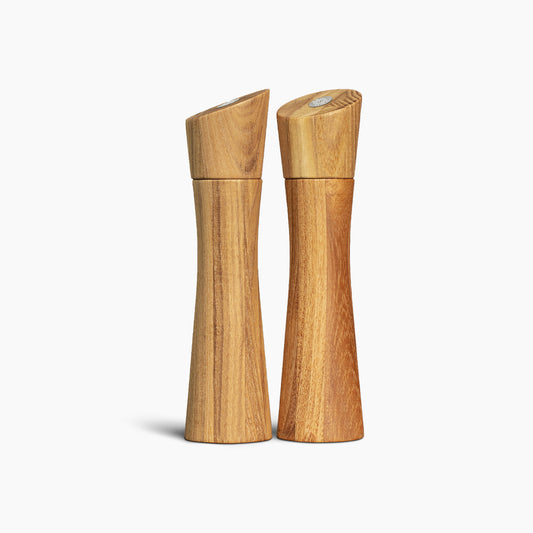

I have learned many ways of cutting vegetables
I have learned many techniques in cutting vegetables and the reason why it should be best to have uniform size of vegetables in cooking. Thanks for the information shared on this page, for it will surely be of great help to all who want to be a good cook, like me. More power and God bless.